Did you know that cats’ tails hide their rich emotional world? If you want to know, in this episode of Cat University, we will take you to learn more about what cats “say” with their tails! Not only can you learn to read their moods, but you can also gain insight into potential health problems and make nail clipping and other training more successful!
Cats are unhappy: wagging their tails
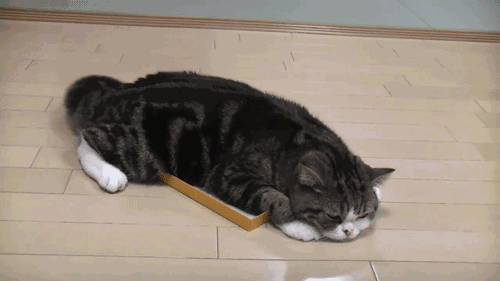
Wagging their tails is a clear sign that cats are in a bad mood. When you find that a cat’s tail is wagging repeatedly with a slight force, it usually means that he is feeling impatient, in a bad mood, or a little aggrieved.
If the cat’s mood changes from a bad mood to anger, the wagging of the tail will become more intense. If you are trimming the cat’s nails or combing its hair at this time, it is best to let the cat calm down before continuing.
When the cat’s emotions escalate from anger to rage, the cat will swing its tail violently, and even make a knocking sound when the tail touches the ground. This is a sign that the cat is going crazy and is ready to attack. At this time, don’t continue to stimulate the cat, quickly find out the reason why he is angry, and soothe his emotions!
Cat happiness: upright tail
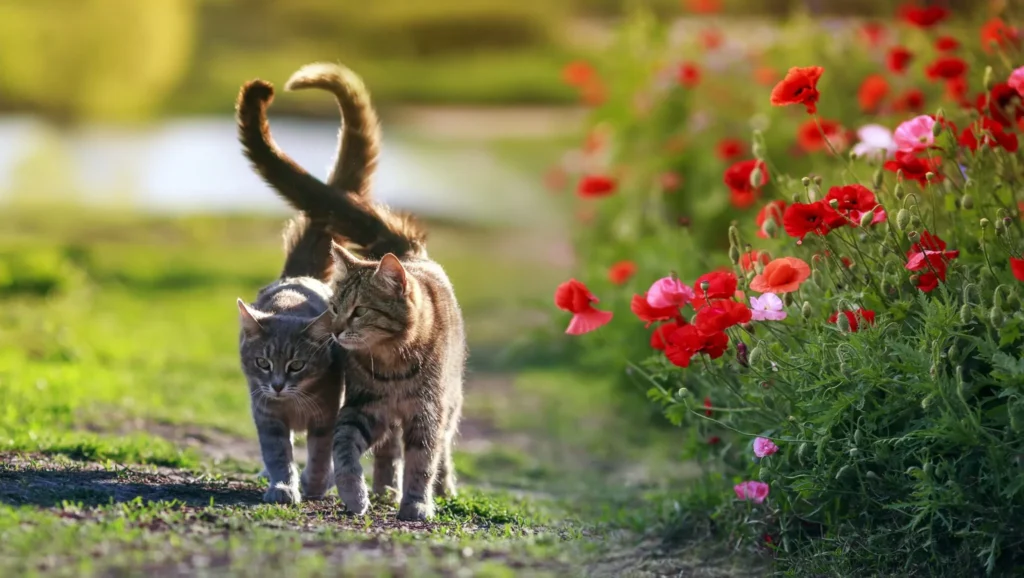
When a cat feels happy or sees someone he likes, his tail will also send out obvious signals. If you see a cat walking towards you with light steps and its tail curling slightly upward, it means that the cat is happy to see you and is in a relaxed mood.
If a cat not only curls its tail straight up when approaching you, but also curls the end of its tail into a question mark shape, then the cat is expressing the highest level of affection for you.
Some cats who love to act coquettishly will not only rub their heads against you, but also secretly hook you with their curled tails. If you receive these signals of love, don’t forget to respond to the cat!
Cats are uneasy: their tails are wrapped around their bodies
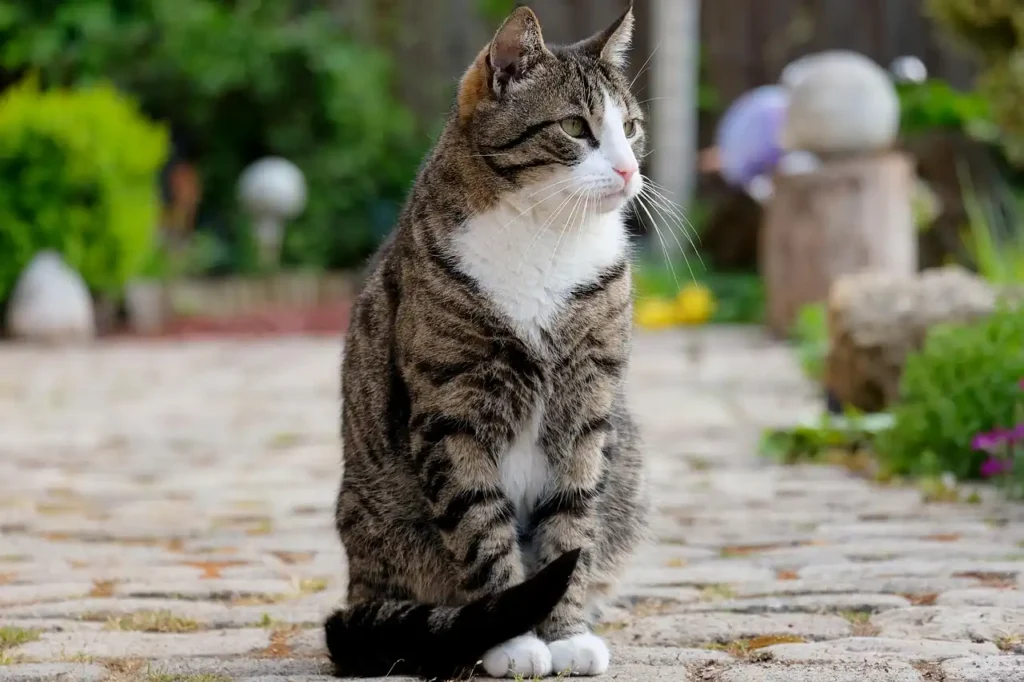
When cats feel scared and uneasy, they will also use their tails to express their emotions. If you observe that cats always wrap their tails around their bodies, it usually means that cats are in a state of tension and anxiety.
At this time, we need to check whether there are any abnormal changes in the home, and pay attention to the cat’s spirit and activity, as well as whether there are any abnormalities in eating and excreting.
This is because if a cat is sick, it will sometimes wrap its tail around its body, so if you observe other abnormal conditions, you need to take the cat to the animal hospital for examination as soon as possible.
In addition, in winter or when the air conditioning is too cold, cats may also wrap their tails around their bodies in order to reduce the loss of body temperature, so we also need to check the room temperature and prepare a warm nest for the cat.
Cats are afraid: they hold their tails
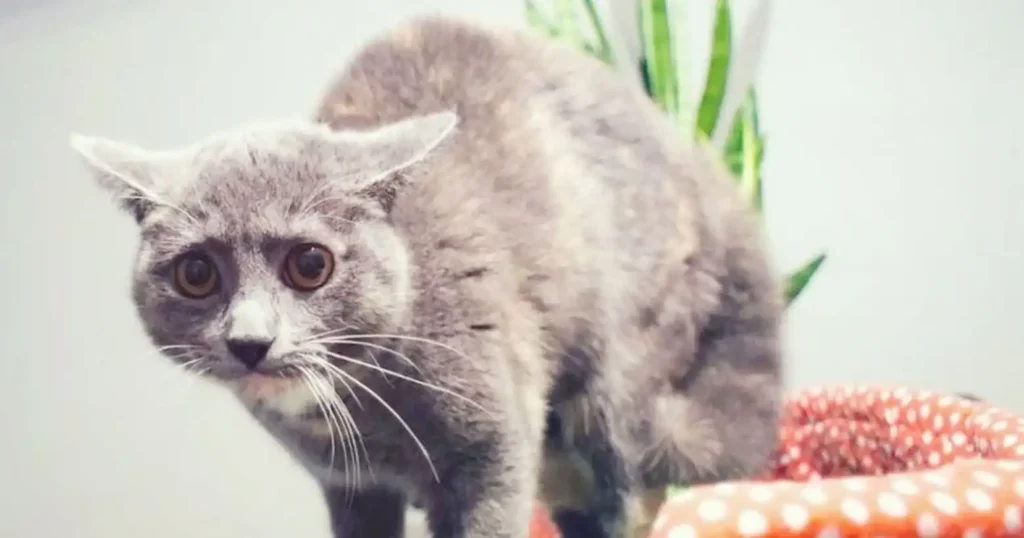
When cats feel insecure, they will show body language of holding their tails, and even deliberately lower their bodies when walking. In a family with many cats, cats with lower status often show this characteristic.
This means that the current environment makes him feel very insecure. If you observe such body language, you need to carefully check the design of the traffic lines in your home and whether there are any adjustments to the space where this cat moves.
Cats are scared: their tails are puffed up
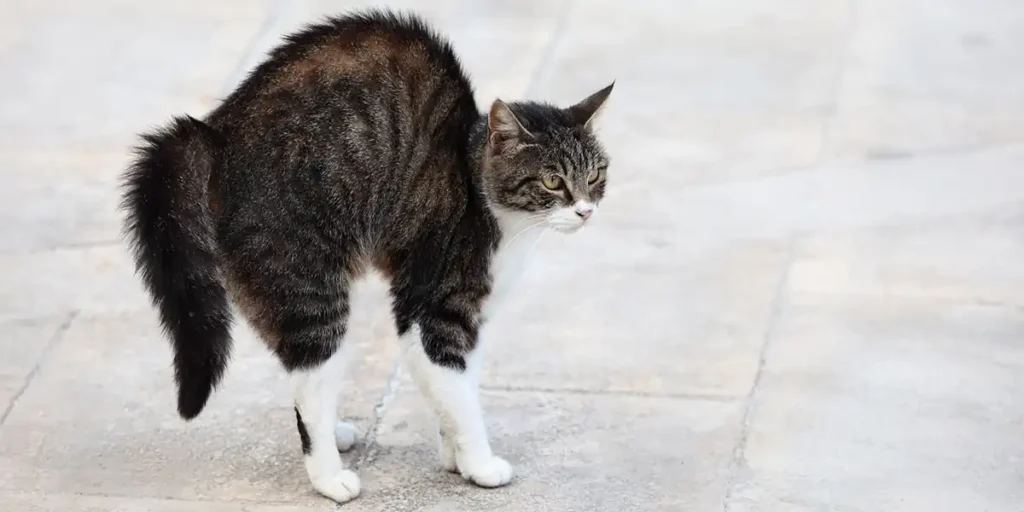
When cats are frightened or threatened, the hair on their tails will become very fluffy. This kind of puffy action is mainly to make the cat look bigger and more difficult to mess with. It is a kind of self-defense body language.
Generally speaking, younger cats are easily frightened by the footsteps of neighbors or doorbells, but as they grow older and become socialized, they are usually less easily frightened.
But if your cat is often frightened, you can consider desensitization training. This can not only improve the cat’s quality of life, but also avoid the impact of long-term stress on health.
Cats are curious: shaking their tails
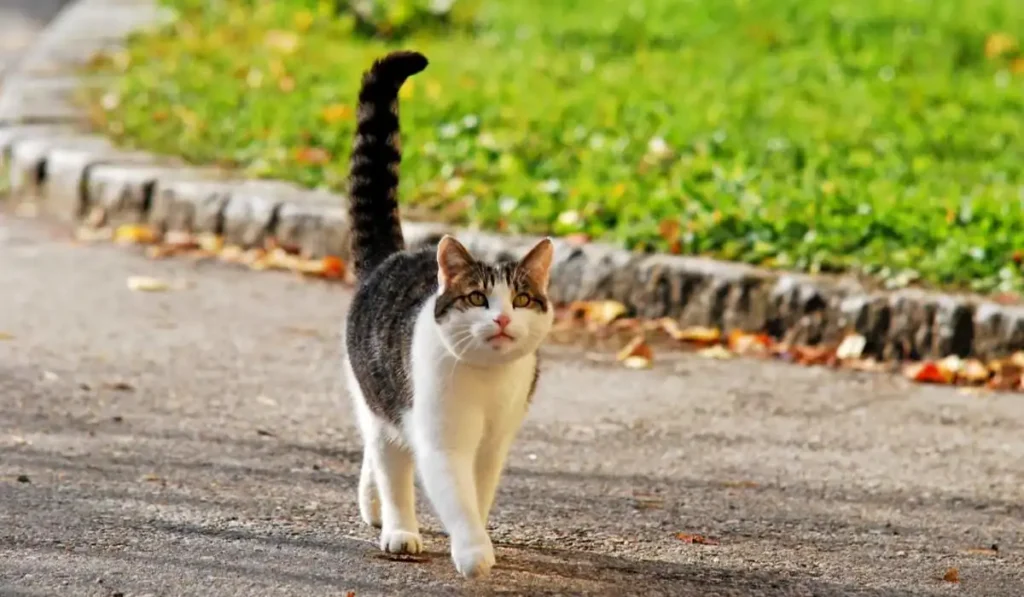
When cats are curious about toys or other prey, they will shake their tails slightly. This means that the cat is curious and wants to explore. If this tail shaking becomes more intense, it means that the cat is now very excited and is ready to attack the prey.
When you play with a cat teaser with a cat, you can observe the shaking of the tail and adjust your control method to make the cat have more fun in the hunting game.
The cat knows: flick the tail gently
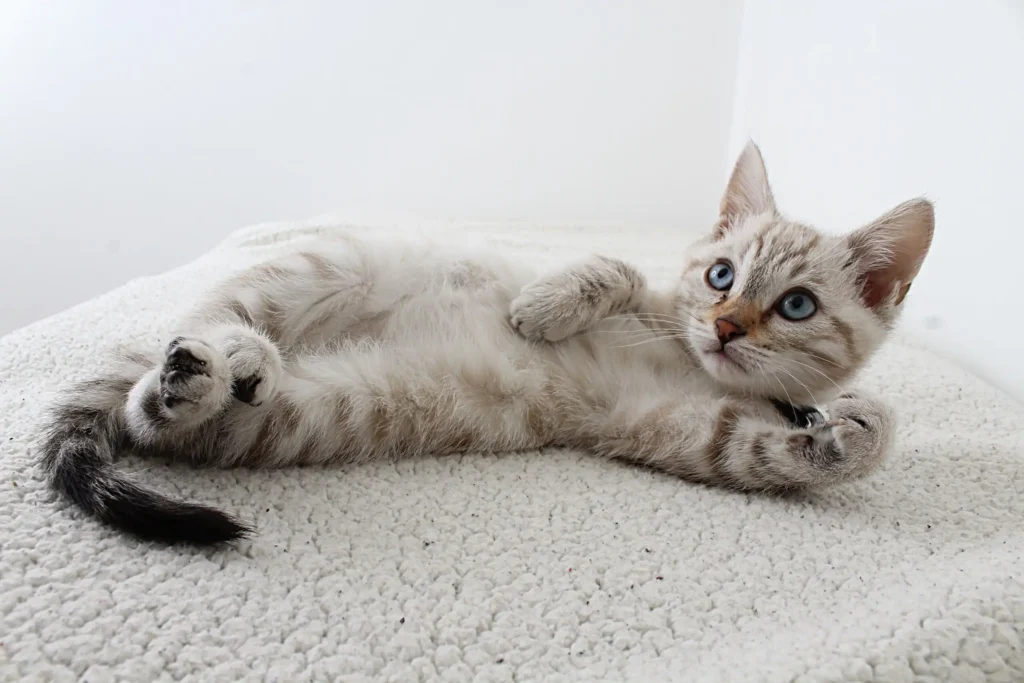
Sometimes when you call the cat’s name, you will see them flick their tails gently. This is the cat’s version of “I know”. The general meaning is: I heard you calling me, but I don’t plan to go over now, so I will use my tail to politely reply to you first.
If you observe a cat’s reaction like this, it usually means that he wants to continue to rest. At this time, we can respect the cat’s personal space more, and wait until he is in the mood to come to you, and then interact with him further.
